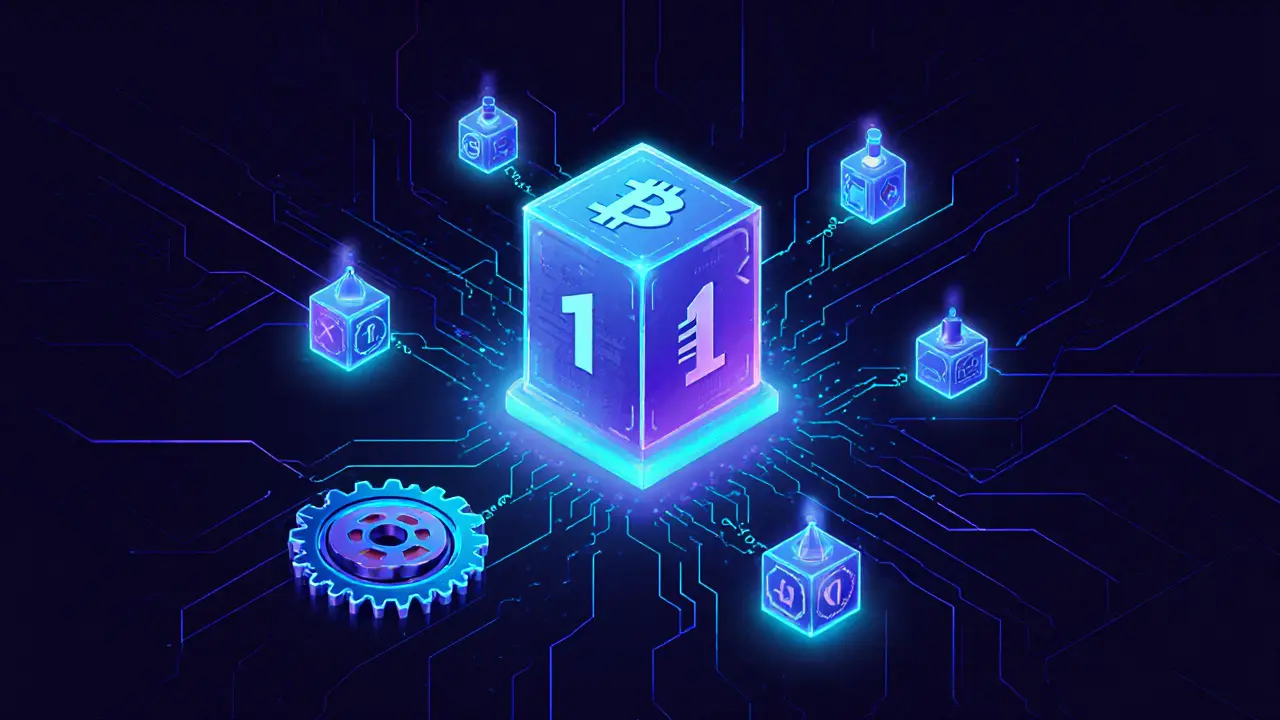Cryptocurrency Mining: How It Works, Why It Matters, and What to Watch
When working with cryptocurrency mining, the process of using computer power to validate transactions and create new digital coins. Also known as crypto mining, it keeps many blockchains secure and supplies fresh tokens. The engine behind most of these networks is proof‑of‑work, a consensus method that requires solving complex math puzzles. To solve those puzzles you need mining hardware, specialized machines such as ASICs or GPUs that deliver huge hash rates. Because solving a puzzle alone can be tough, miners often join mining pools, groups that share work and split rewards proportionally. Together these pieces form the core of the mining ecosystem.
Key Factors Shaping Crypto Mining Today
Cryptocurrency mining requires a balance between hardware efficiency and electricity cost. Energy consumption influences profitability, especially in regions with high rates. Many miners evaluate the price‑to‑hash ratio of ASICs, looking for a sweet spot where the device’s output outweighs power usage. At the same time, regulatory bodies scrutinize the environmental impact, prompting some jurisdictions to impose limits or offer incentives for greener setups.
Another layer is the choice of blockchain. While Bitcoin remains the poster child for proof‑of‑work, newer coins like Ethereum (now proof‑of‑stake) have shifted away, leaving miners to diversify into alternatives such as Litecoin, Dogecoin, or emerging privacy‑focused projects. Each network has its own block reward, difficulty adjustment schedule, and community expectations, so understanding those parameters is crucial before committing capital.
Beyond hardware and electricity, miners must stay on top of software updates and firmware security. A compromised miner can leak hash power to an attacker, reducing earnings and risking network stability. Regularly flashing the latest firmware, using strong passwords, and monitoring hash rates for anomalies help keep operations safe.
Finally, market dynamics play a huge role. Coin prices, halving events, and global economic trends can swing profitability overnight. Smart miners track price charts, use profitability calculators, and sometimes switch between coins or pools to maximize returns. This agility turns mining from a static hobby into an active, data‑driven venture.
Below you’ll find a curated list of articles that dive deeper into each of these areas—licensing, token specifics, exchange reviews, regulatory sandboxes, and even the latest mining bans. Whether you’re just curious or ready to set up a rig, the resources here will give you practical insight and actionable steps.

How to Calculate Mining Difficulty in Bitcoin and Other Cryptocurrencies
Sep 10, 2025, Posted by Ronan Caverly
Learn how mining difficulty is calculated, why it changes, and what it means for Bitcoin miners. Get formulas, examples, and a practical checklist.
MORESEARCH HERE
Categories
TAGS
- decentralized exchange
- crypto exchange review
- cryptocurrency
- crypto coin
- CoinMarketCap airdrop
- smart contracts
- tokenomics
- cryptocurrency exchange safety
- crypto exchange
- cryptocurrency airdrop
- crypto airdrop
- cryptocurrency exchange
- crypto airdrop guide
- blockchain token distribution
- DeFi
- crypto exchange scam
- crypto airdrop 2025
- Ethereum
- cross-chain interoperability
- ERC-20
